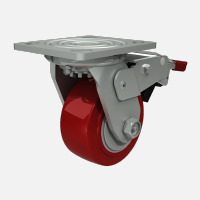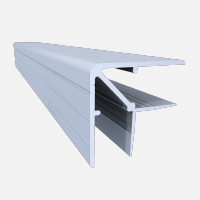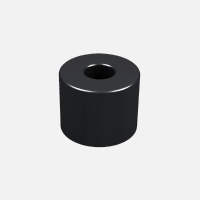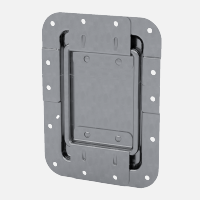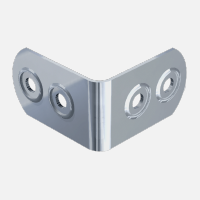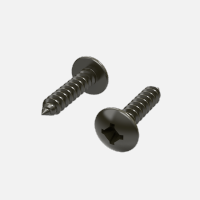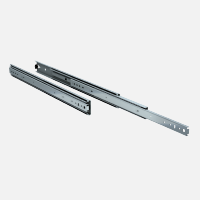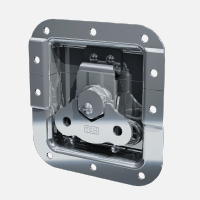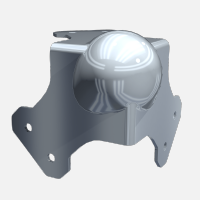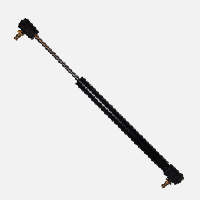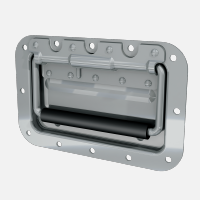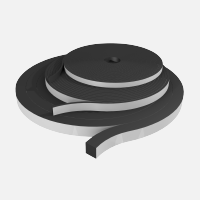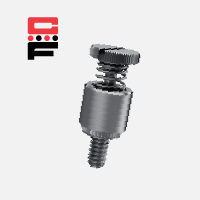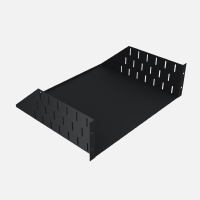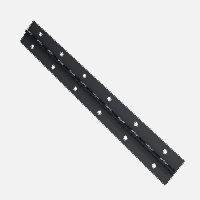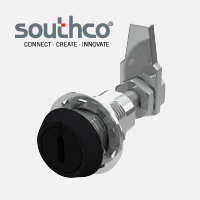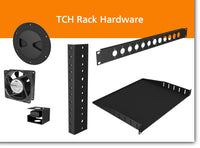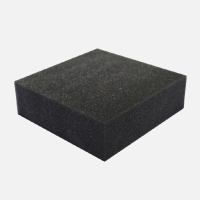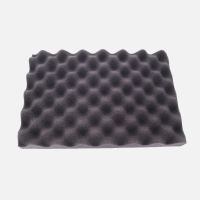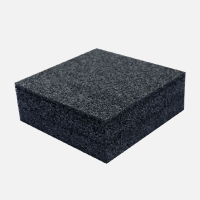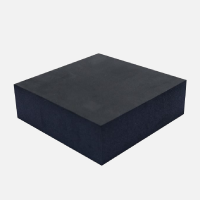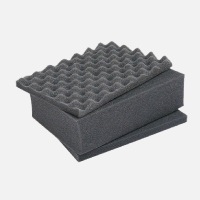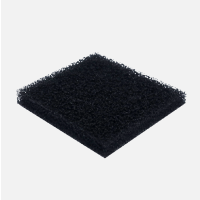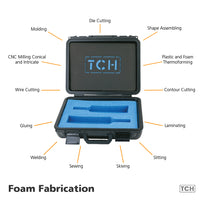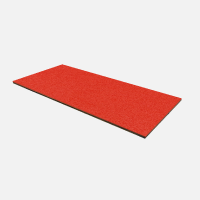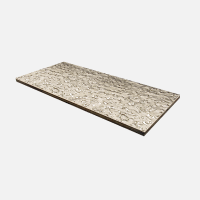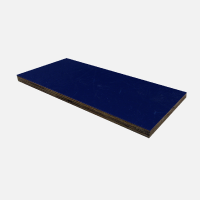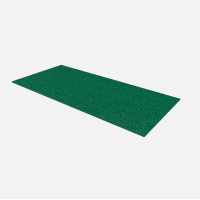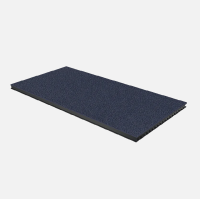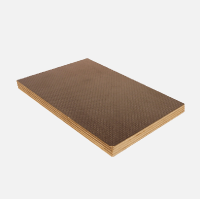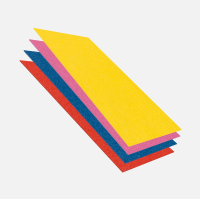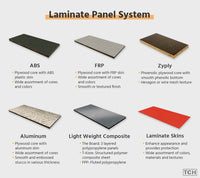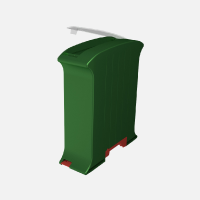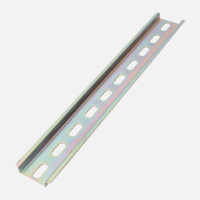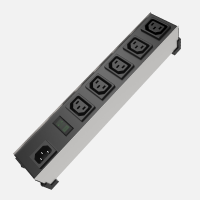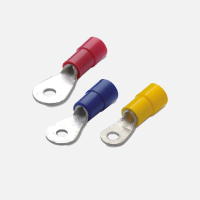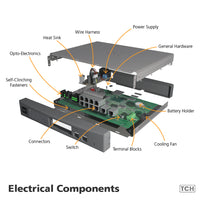When designing controlled environments—whether for HVAC systems, cleanrooms, filtration setups, or even general commercial spaces—understanding the functional differences between acoustic foam and soundproofing foam is critical. While these materials are often confused, they serve very different purposes.
Some businesses in Canada purchase acoustic foam panels expecting them to absorb sound. However, certain types of acoustic foam, like thereticulated foam available at TCH, are notsound-absorbing at all. Instead, they are designed and engineered as filter media for air or water filtration systems. Here's a breakdown to help you avoid common pitfalls and choose the right foam for your needs.
1. Purpose and Functionality: Filtration vs. Sound Blocking
Reticulated acoustic foam is designed for air and liquid filtration, not sound control. Its open-cell structure allows air and water to pass through while trapping particulates, making it ideal for HVAC systems, automotive applications, and water purification setups.
In contrast, soundproofing foam is engineered to block or contain sound. It prevents noise transmission between spaces and is commonly used in construction, hospitality, or industrial settings where sound isolation is key.
2. Material Composition: Reticulated Foam vs. Dense Sound Barriers
Reticulated foam, used in many acoustic foam products, features a porous, skeletal structure. This makes it an excellent choice for filtering applications, but not for absorbing sound waves.
Soundproofing foam, however, is typically made from dense, non-porous materials like mass-loaded vinyl or rubber composites. These materials reflect or trap sound energy and are suited for creating quiet environments or containing noise.
3. Installation Use Cases: Filtration vs. Sound Isolation
TCH’s acoustic foam is used in filtration assemblies, ventilation systems, and industrial equipment. It can be customized and installed in housings, ducts, and enclosures where airflow must be maintained while filtering out contaminants.
Soundproofing foam, by contrast, requires more robust installation—often integrated into walls, ceilings, or floors as part of a larger sound barrier system. It’s used where sound transmission must be minimized, such as between offices, in studios, or around heavy machinery.
4. Common Misunderstandings in Commercial Applications
A frequent misconception is that any foam with a textured or open-cell surface helps reduce echo or improve acoustics. This is not true for all acoustic foams. TCH’s reticulated foam products are not intended for acoustic absorption—they're built for functionality in filtration systems.
Using reticulated foam to control sound in a studio or office will result in ineffective acoustic performance. Likewise, using dense soundproofing materials where airflow or filtration is required would be a poor fit.
5. Cost and Application in Canadian Markets
Acoustic foam panels in Canada, such as those supplied by TCH, are valued for their high air permeability and filtration capacity. They're widely used in HVAC systems, air compressors, medical devices, and aquatic filtration systems. These foams are lightweight, customizable, and highly durable.
Soundproofing foams, due to their material density and installation complexity, are more expensive and typically reserved for construction or renovation scenarios where noise control is a structural requirement.
Choosing the Right Foam for the Right Job
Understanding the true purpose of each foam type helps avoid costly mistakes. If your goal is sound isolation, a dense, specialized soundproofing foam is needed. If you require air or liquid filtration, reticulated acoustic foam from TCH is the right choice.
Also read:
Comparing Acoustic Foam Thickness: Which Option is Right for Your Needs?




